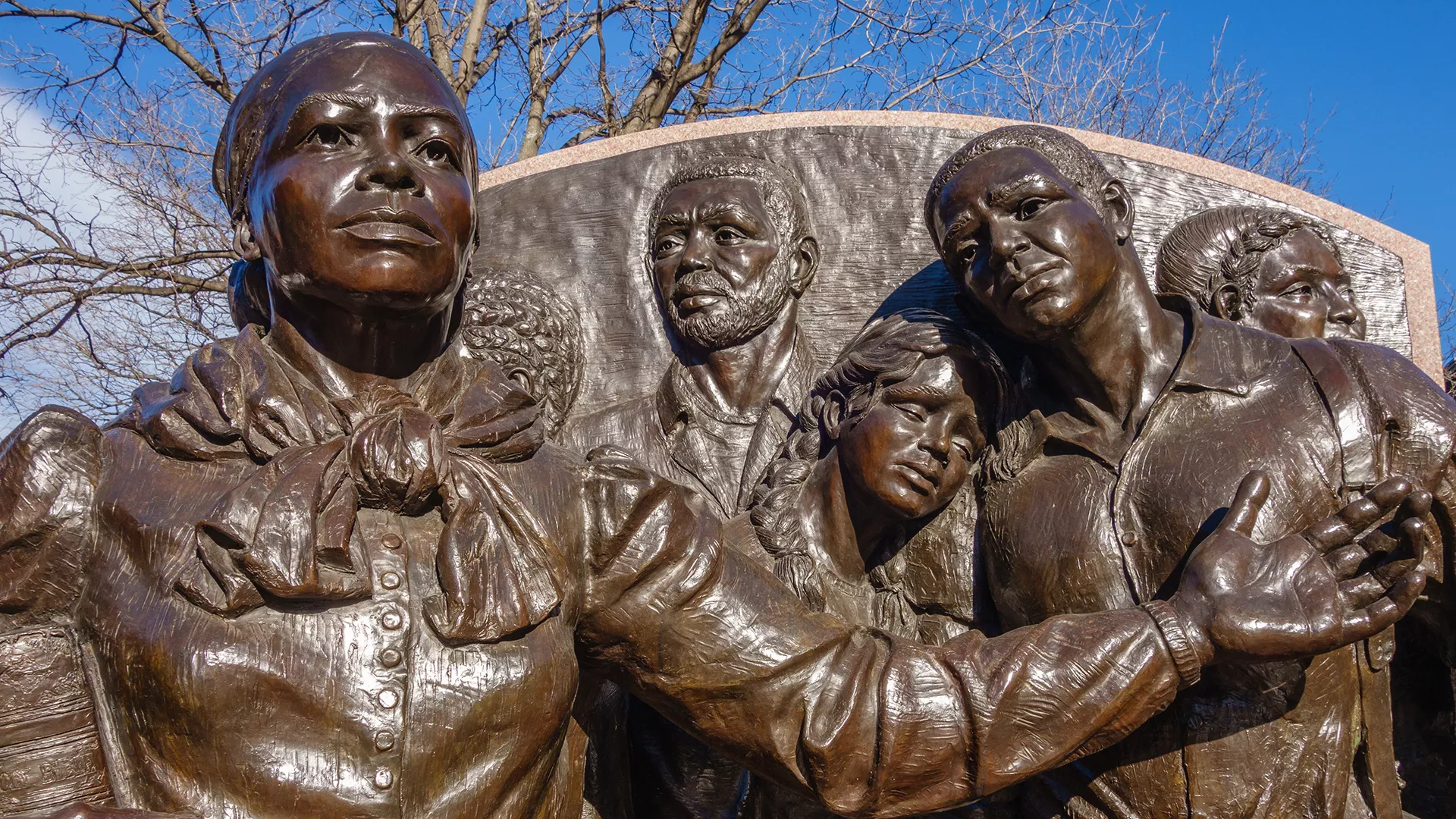Lessons & Activities
Lesson Plans
Suffrage Strategies: Voices for Votes
Students in grades 3-8 identify different methods people used to change attitudes about suffrage for women and create original documents encouraging citizens to vote in current elections.
Oral History and Social History
This oral history lesson for grades 5-12 includes a section of primary sources on working women in the 1930s.
Women and Congress
Students (K-12) explore the benefits of increasing women’s congressional representation.
National Park Service: Women's History to Teach Year-Round
The lessons in this series span the geography of the U.S. and cover diverse women’s experiences through the 19th and 20th centuries. Each lesson, designed to be an hour or less, includes a primary or secondary source reading, photographs, and activities.
March is National Women's History Month
Students (grades 3-12) explore the accomplishments of women in U.S. history with your class by creating a scrapbook that highlights the accomplishments of famous American women.
In the Shadows, Agents of Change
Students (grades 6-8, adaptable for 4-5) explore the role played by gender during an era of expanding political rights and personal liberties. (PDF, 131 KB, 3 pgs.)
Nineteenth Century Women: Struggle and Triumph
Students (grades 6-12) examine journals, letters, narratives and other primary sources and write about women who helped shape the history of the United States.
Actions That Changed The Law
The story behind the Lilly Ledbetter Fair Pay Act of 2009, students (grades 6-12) examine the lawmaking process, consider how Supreme Court decisions can prompt better laws, and learn about the rights and responsibilities they will have as workers.
Women's Equality: Changing Attitudes and Beliefs
Students (9-12) examine attitudes and beliefs for and against the Women's Rights Movement and evaluate the reliability and accuracy of sources used to represent competing perspectives.
Women Writers and Dissent in 20th and 21st Century American Literature
In this unit, students in grade 10 learn of the contributions to literature made by women of various ethnic and racial backgrounds.
Women's History Month
Lessons and activities from the Center for Civics Education.
Women’s History Month Word Clouds
Students (K-12) create "word clouds" using excerpts of letters and speeches by famous women.
Eleanor Roosevelt and the Rise of Social Reform in the 1930s
Students (grades 9-12) explore Eleanor Roosevelt's role during and after the New Deal as well as examine the lives and works of influential women who were part of her political network.
Judy Heumann and Disability Rights Activism
This lesson provides an opportunity for students to learn about Judy Heumann and her disability rights activism and to consider the ways in which our schools, communities, and society need to continue to address the rights and fair treatment of people with disabilities. (grades 4-8)
Mary Church Terrell
Part of Learning for Justice's “Beyond Rosa Parks: Powerful Voices for Civil Rights and Social Justice,” this lesson consists of having students read and analyze text from “The Progress of Colored Women,” a speech made by Mary Church Terrell in 1898. Terrell was the first president of the National Association of Colored Women, an organization that was formed in1896 and active during the period of Jim Crow segregation in the South. (grades 6-12)
New York Times’ Lesson of the Day: ‘Kamala Harris Will Make History. So Will Her ‘Big, Blended’ Family.’
In this lesson, created when Kamala Harris was elected the first woman vice president of the United States, students learn about Harris and her extended family, and their potential to broaden the nation’s ideas about family dynamics and gender roles. (grades 9-12)
Sets of Additional Lessons
Women with Character, Women Who Inspire
Use this lesson plan from PBS NewsHour to guide students as they identify and write a brief description about an inspiring woman of character in their lives.
Teaching with Historic Places: Women's History Lesson Plans
Lessons for K-12 students use historic places – such as Clara Barton’s House, a Virginia Plantation and a female aviator’s home in Brooklyn – to explore aspects of women’s history


